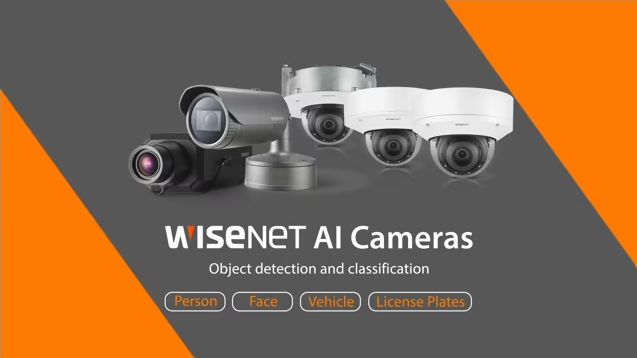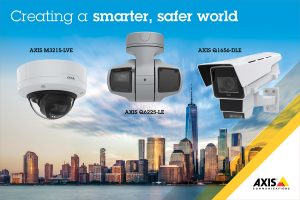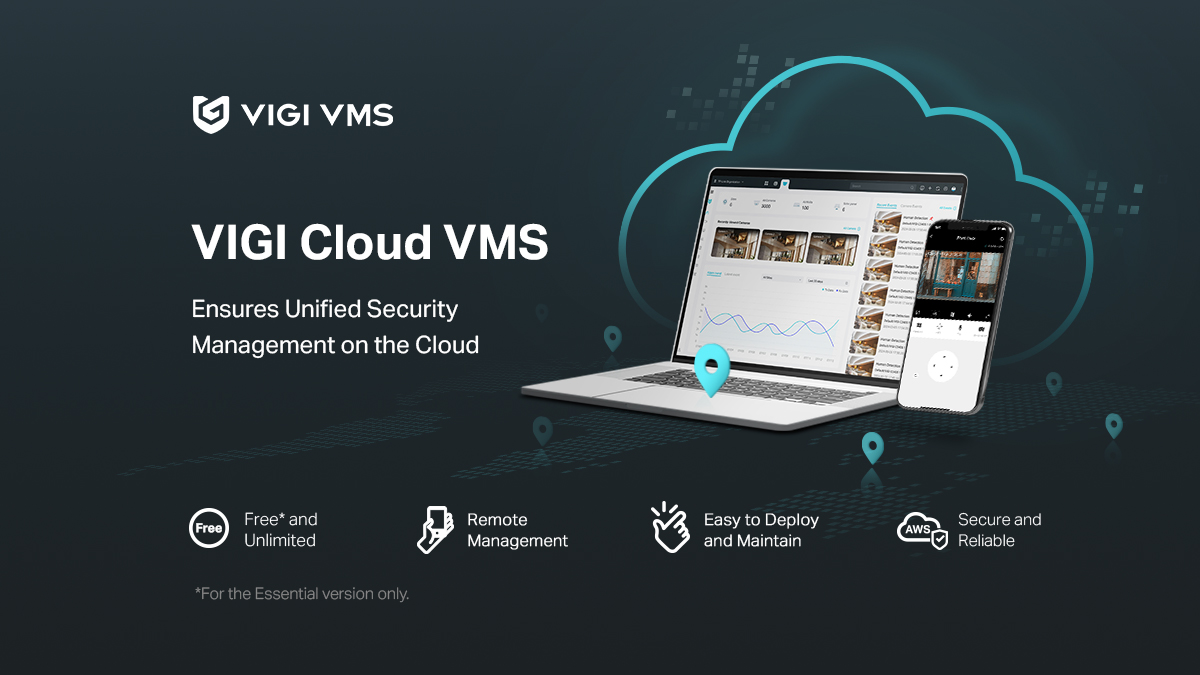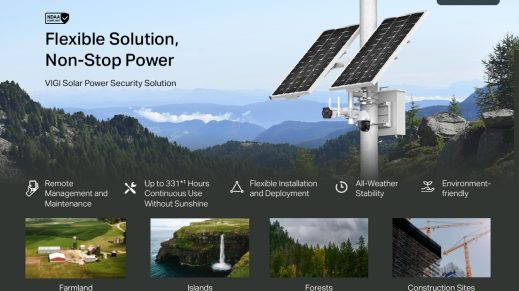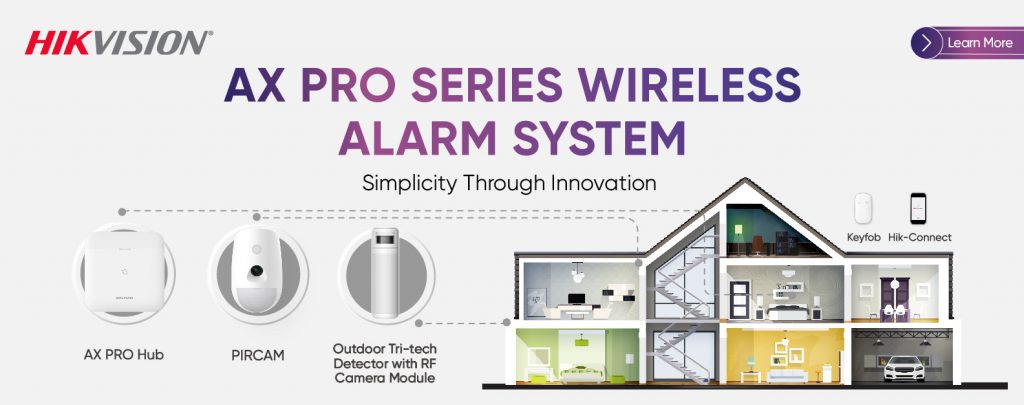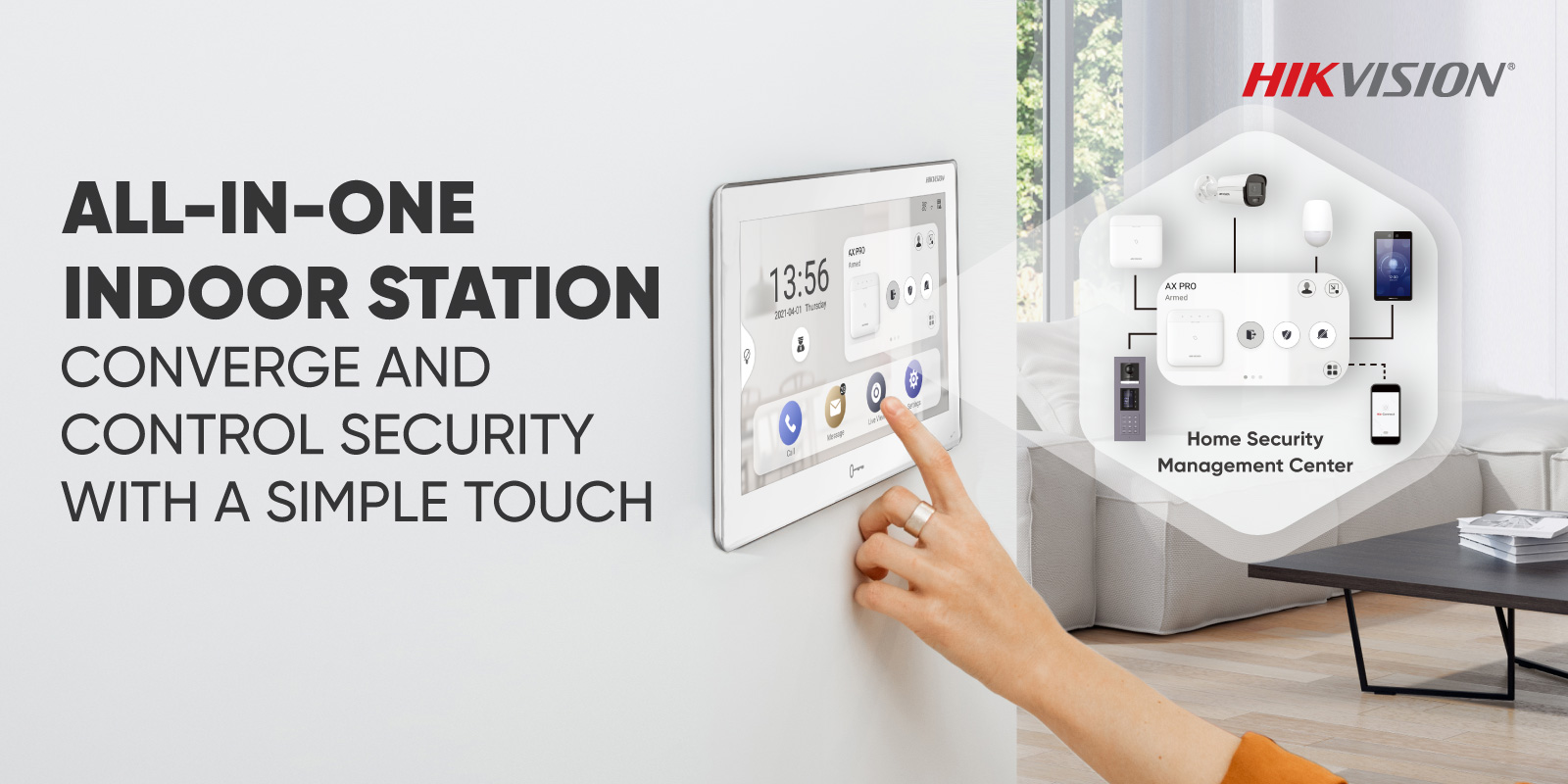No products in the cart.
Understanding Privacy Laws: CCTV Usage in Australian Childcare Centres Leave a comment
Understanding Privacy Laws: CCTV Usage in Australian Childcare Centres
Installing CCTV in childcare centres can help protect children, staff, and property — but it must be done in line with Australia’s strict privacy and surveillance laws. Each state and territory has different rules around video and audio recording, consent, signage, and footage storage. In this guide, we explore the essential legal and ethical considerations for childcare operators installing surveillance systems.
Why Privacy Laws Matter in Childcare
Children are among the most vulnerable members of society. As such, surveillance in spaces like early learning centres is highly regulated. Australian privacy law treats CCTV footage as “personal information” — especially when it includes children or staff members in identifiable ways. Failing to comply can lead to:
- Fines and penalties from regulatory authorities
- Loss of trust from parents and staff
- Licensing or accreditation complications
At Security Wholesalers, we help centres install systems that not only protect children — but also comply with privacy laws across Australia.
Federal Laws to Consider
The Privacy Act 1988 and the Australian Privacy Principles (APPs) apply to organisations that handle personal information. If your childcare centre operates as part of a larger company or group that turns over more than $3 million, you’re likely covered by this Act.
Key obligations include:
- Clearly notifying parents and staff about CCTV usage
- Collecting footage only for lawful and necessary reasons
- Storing footage securely and limiting access
- Deleting footage after a reasonable period (typically 14–30 days)
State-Based CCTV and Surveillance Laws
In addition to federal laws, each state and territory has its own surveillance legislation that directly impacts how you can use CCTV in your centre. Below is a simplified summary.
| State/Territory | Relevant Law | Key Considerations |
|---|---|---|
| NSW | Surveillance Devices Act 2007 | Recording in private areas without consent is prohibited |
| VIC | Surveillance Devices Act 1999 | Audio recording requires consent; cameras must be visible |
| QLD | Invasion of Privacy Act 1971 | Visual monitoring is allowed; listening devices are restricted |
| SA | Surveillance Devices Act 2016 | Both audio and visual require knowledge or consent |
| WA | Surveillance Devices Act 1998 | Consent needed for audio; avoid cameras in private areas |
Where Can You Legally Install CCTV in Childcare?
You can typically install surveillance cameras in:
- Entry and exit points
- Reception and hallways
- Outdoor yards and carparks
- Staff-only rooms (with notification)
You cannot install CCTV in:
- Bathrooms, nappy change areas, or nap rooms
- Private staff areas (without signage and reason)
Notification, Consent and Best Practice
Even in jurisdictions where consent isn’t mandatory, it’s considered best practice to:
- Include CCTV policy in enrolment forms and parent handbooks
- Display visible signage at every entrance stating surveillance is active
- Issue written notice to educators and staff
- Limit footage access to authorised personnel only
Choosing Compliant Equipment
Ensure your CCTV system includes:
- Password-protected access
- Encrypted footage storage
- Options for automatic footage deletion
- Adjustable privacy zones to mask sensitive areas
Final Compliance Checklist
- ✔ Post signage in visible locations
- ✔ Avoid private zones like bathrooms or change areas
- ✔ Keep a written CCTV policy on file
- ✔ Limit access to directors or security administrators
- ✔ Use secure, encrypted NVR systems
Protecting Children While Staying Compliant
CCTV can be an excellent way to improve safety and transparency in childcare centres — but only if implemented ethically and legally. Understanding and applying privacy regulations ensures your centre meets licensing expectations while maintaining parent and staff trust.
Ready to install a legally compliant CCTV system?
Get advice from our licensed installers
Disclaimer: The information provided on this page is intended for general informational and research purposes only. While we strive to ensure accuracy and relevance, the content should not be considered legal, regulatory, or professional advice. Surveillance requirements and privacy laws may vary between jurisdictions and evolve over time. It is the responsibility of the customer to undertake their own due diligence and seek appropriate professional or legal guidance where necessary. Security Wholesalers is not liable for any loss or liability arising from reliance on the information presented herein.











